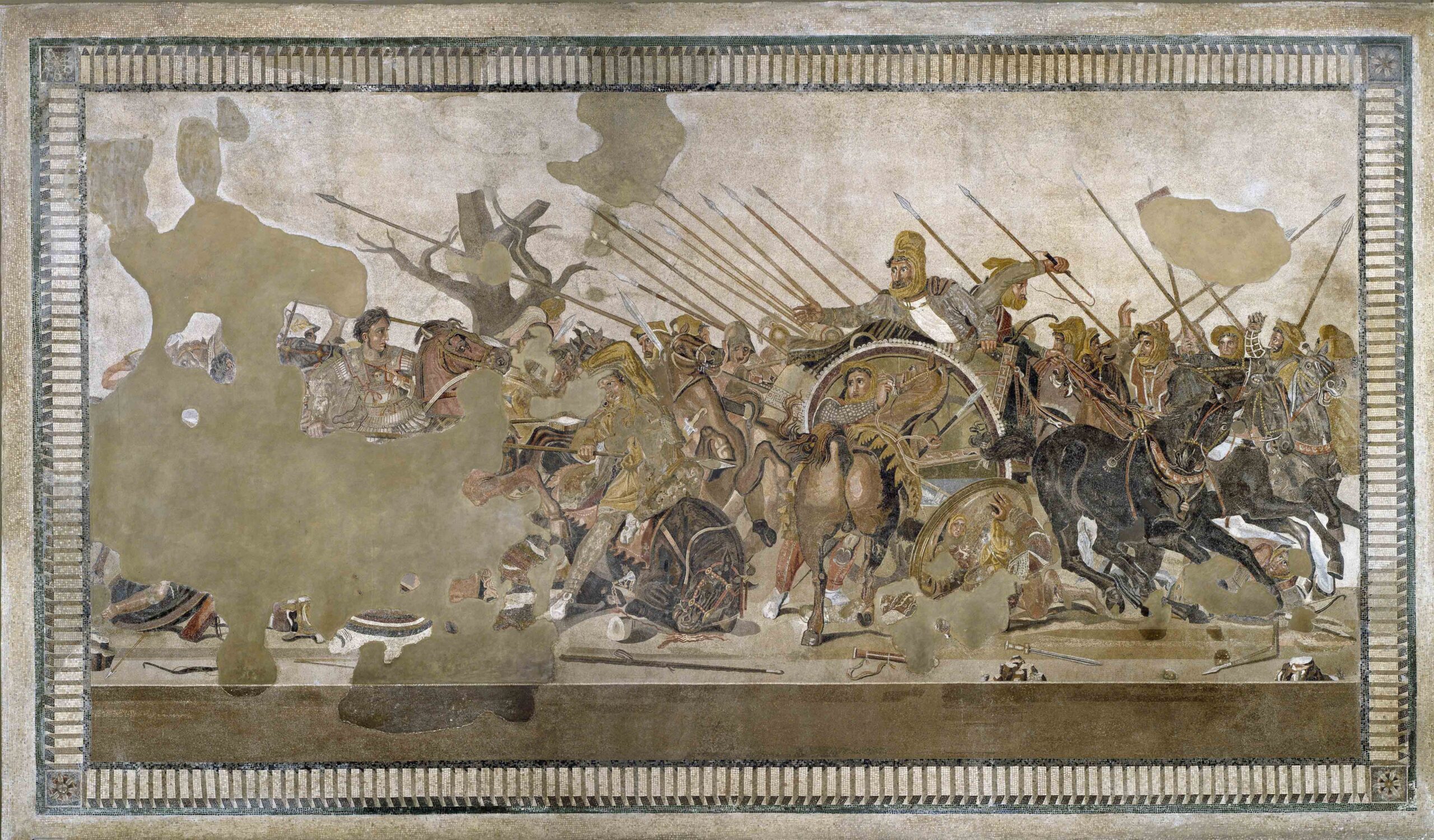HAIFA, ISRAEL—According to a Live Science report, an examination of the bones of lizards and snakes recovered from el-Wad Terrace, a cave near Mount Carmel in northern Israel, indicates that reptiles such as the legless European glass lizard and the large whip snake were eaten by members of the Natufian culture at the site between 15,000 and 11,500 years ago. The lizard and snake bones made up about one-third of the animal bones in the cave. Ma’ayan Lev of the University of Haifa said that finding butchery marks on such small bones can be difficult, especially when they have been weathered over a long period of time. Lev and her colleagues therefore experimented with the bones of modern lizards and snakes to identify signs of erosion, burning, trampling, and digestion by birds of prey, and then compared those marks with marks on the ancient remains. “The most surprising find was the butchery marks on several large whip snake vertebrae,” Lev said, adding that the marks were found in identical locations of different bones. These animals were likely eaten by humans, Lev said. The study also suggests the eastern Montpellier snake, the common viper, and other smaller lizards and snakes whose remains were found in the cave were likely eaten by raptors or died of other causes. To read about human consumption of a snake in southwest Texas 1,500 years ago, go to "Snake Snack."
Lizards and Snakes on Prehistoric Menu in Israel
News June 28, 2020
Recommended Articles
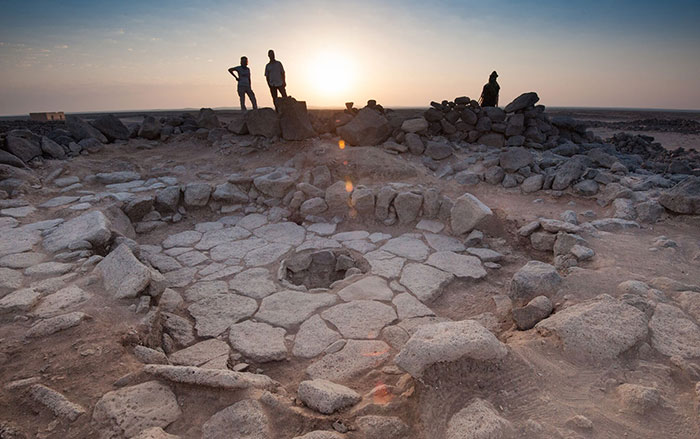
Digs & Discoveries July/August 2025
Bound for Heaven

Digs & Discoveries May/June 2025
Byzantine Boomtown

Letter from the Levant March/April 2025
On the Origin of the Pork Taboo
Exploring ancient people’s shifting beliefs about rearing and eating pigs

-
Features May/June 2020
A Path to Freedom
At a Union Army camp in Kentucky, enslaved men, women, and children struggled for their lives and fought to be free
 (National Archives Records Administration, Washington, DC)
(National Archives Records Administration, Washington, DC) -
Features May/June 2020
Villages in the Sky
High in the Rockies, archaeologists have discovered evidence of mountain life 4,000 years ago
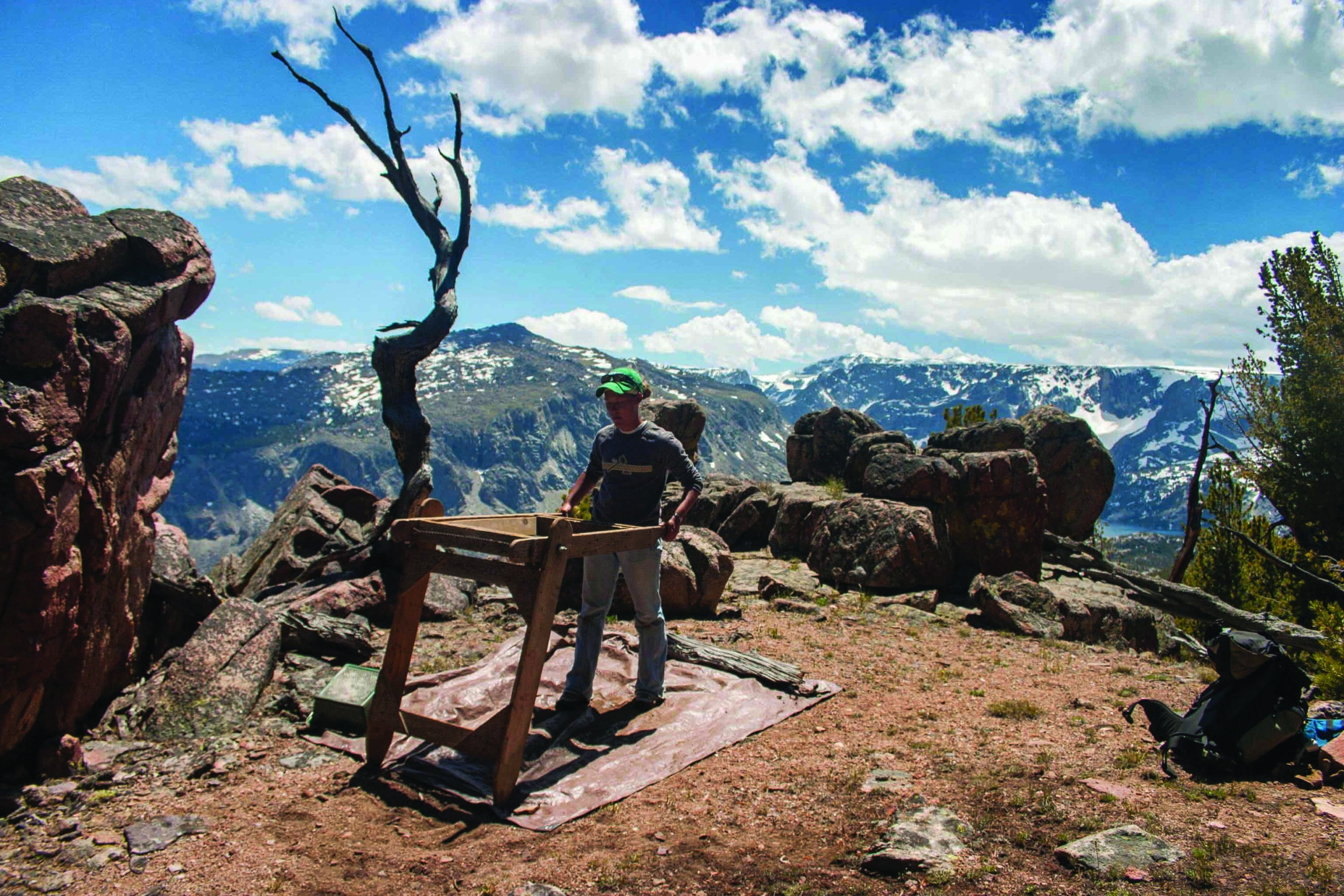 (Matt Stirn)
(Matt Stirn) -
Letter from Morocco May/June 2020
Splendor at the Edge of the Sahara
Excavations of a bustling medieval city tell the tale of a powerful Berber dynasty
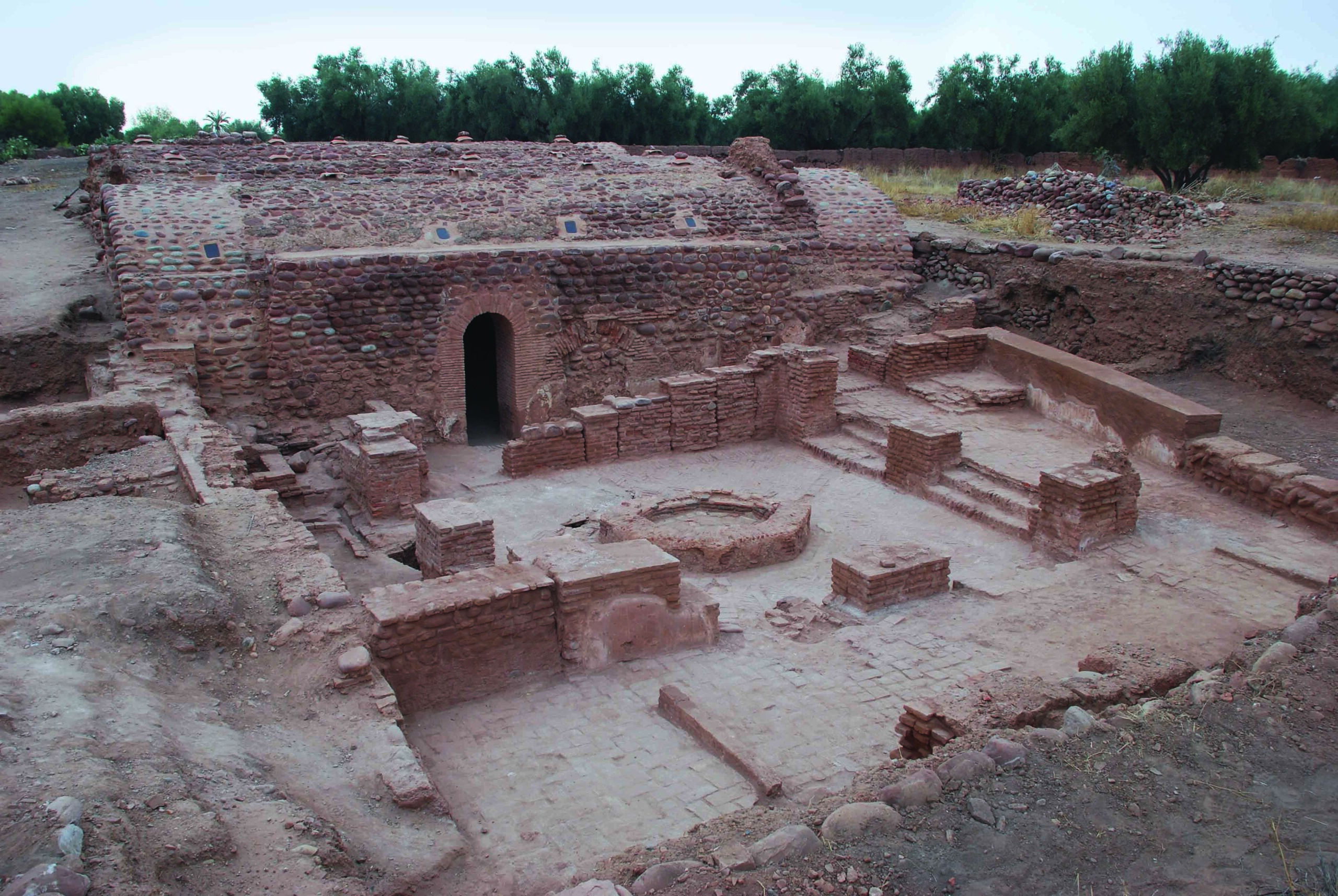 (Photo Courtesy Chloé Capel)
(Photo Courtesy Chloé Capel) -
Artifacts May/June 2020
Torah Shield and Pointer
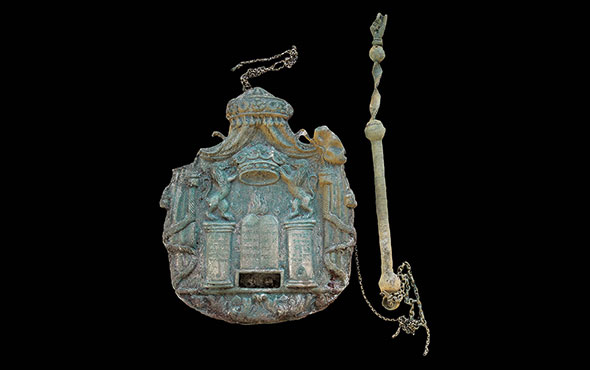 (Courtesy Michał Wojenka/Jagiellonian University Institute of Archaeology)
(Courtesy Michał Wojenka/Jagiellonian University Institute of Archaeology)


